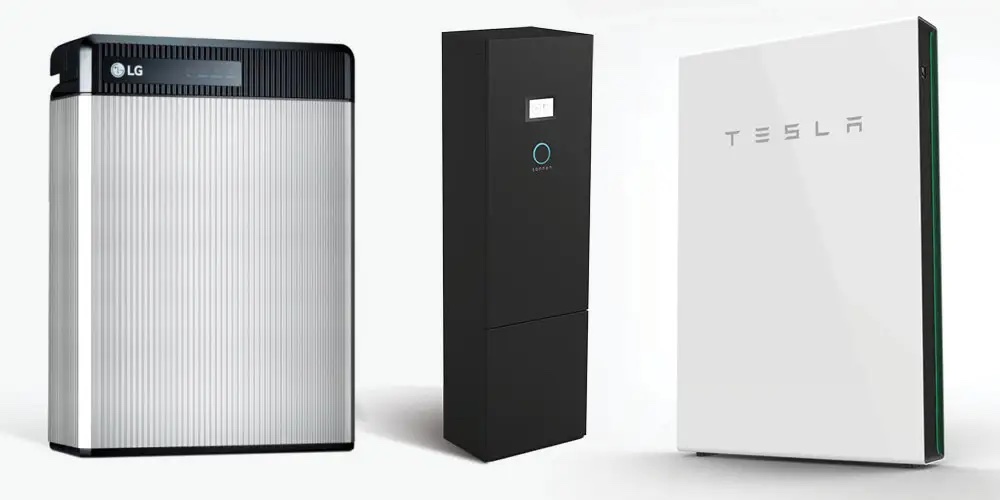
As more households embrace clean, independent energy, the home energy storage system has become a popular and essential upgrade. Pairing a battery system with solar power generation allows homeowners to store excess electricity and use it when needed, especially during grid outages or peak pricing hours.
But how much does it cost to install a battery storage system at home? And what factors affect pricing?
Let’s explore the complete cost structure, what you’re paying for, and how to make the most of your investment.
What Is a Home Battery Storage System?
A home battery storage system stores the energy produced by your solar panels (or the grid, in some cases) and makes it available when needed, especially at night or during outages.
Key components usually include:
- Rechargeable lithium-ion or LiFePO₄ batteries
- An inverter/charger
- A Battery Management System (BMS)
- Optional smart monitoring software
Together, these components ensure that your home remains powered even when sunlight or the utility grid isn’t available.
Factors That Influence Price
1. Battery Capacity
Larger batteries store more energy and cost more upfront, but they reduce grid dependence significantly.
2. System Voltage and Power Output
High-voltage systems (e.g., 48V or 100V+) can power more appliances and usually cost more.
3. Brand and Build Quality
Premium systems with longer lifespans, better performance, and safety certifications (like UL/IEC) are priced higher but offer better ROI.
4. Installation Costs
Depending on your region and system complexity, installation can cost between $1,000 to $3,000.
5. Smart Features
Remote monitoring, mobile apps, and AI optimisation add convenience and energy savings but can raise the cost.
Why Combine Storage with Solar Power Generation?
When you combine battery storage with a solar power generation system, you maximise your energy independence.
Benefits of a Combined System:
- Use solar power during the day and store energy at night
- Reduce or eliminate electricity bills
- Protect against grid outages
- Lower your carbon footprint
- Qualify for government incentives or tax credits in some regions
How to Choose the Right System for Your Home
Analyse Your Daily Power Consumption
Look at your electricity bills or use a home energy monitor to track your average kWh usage.
Determine Your Backup Needs
Do you want to power just the essentials (lights, fridge, Wi-Fi) or the entire home?
Choose Your System Size
Match your daily kWh needs to the battery capacity and inverter power rating.
Compare All-In-One Kits
Consider bundled kits like LZY’s home energy storage system that include panels, batteries, and inverters.
Factor in Maintenance & Warranty
Choose systems with a 10+ year warranty and support from trusted providers like LZY Energy.
Example Scenarios
Urban Home – 5kWh System
- Uses solar panels + small storage
- Power essentials during evening hours
- Total Cost: ~$5,500
- Payback: 5–7 years
Off-Grid Cabin – 15kWh System
- 100% off-grid using LZY’s solar+battery kit
- Includes inverter, LiFePO₄ batteries, and smart monitoring
- Total Cost: ~$9,000
- Payback: 6 years with near-zero utility cost
Large Family Home – 20kWh System
- Powers AC, electric stove, washing machine, and EV charging
- High-end solar power generation setup
- Total Cost: ~$14,000
- ROI boosted by government rebates
What to Look For
- LiFePO₄ chemistry for long life and thermal safety
- Temperature control & smart BMS
- Overcharge, short-circuit, and fire protection
- 10-year performance warranties
- Real-time monitoring & alerts
LZY Energy integrates all of the above into their home energy storage systems, offering durability and peace of mind.
Conclusion:
Absolutely. A home battery storage system is more than a power reserve; it’s an energy solution that brings control, stability, and sustainability to your doorstep.
Pairing it with solar power generation unlocks the full potential of renewable energy, saving you money while protecting the environment.
Power your home with the sun. Store it with confidence. And never worry about the next outage again.

